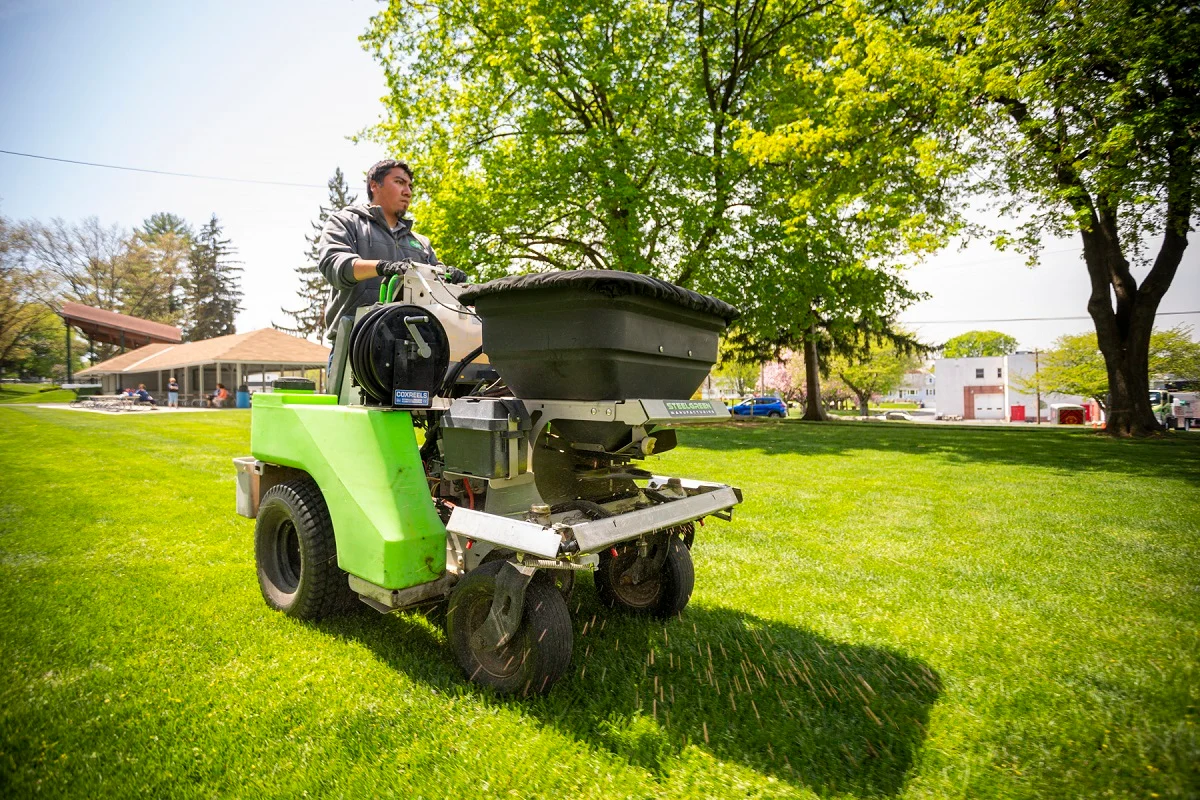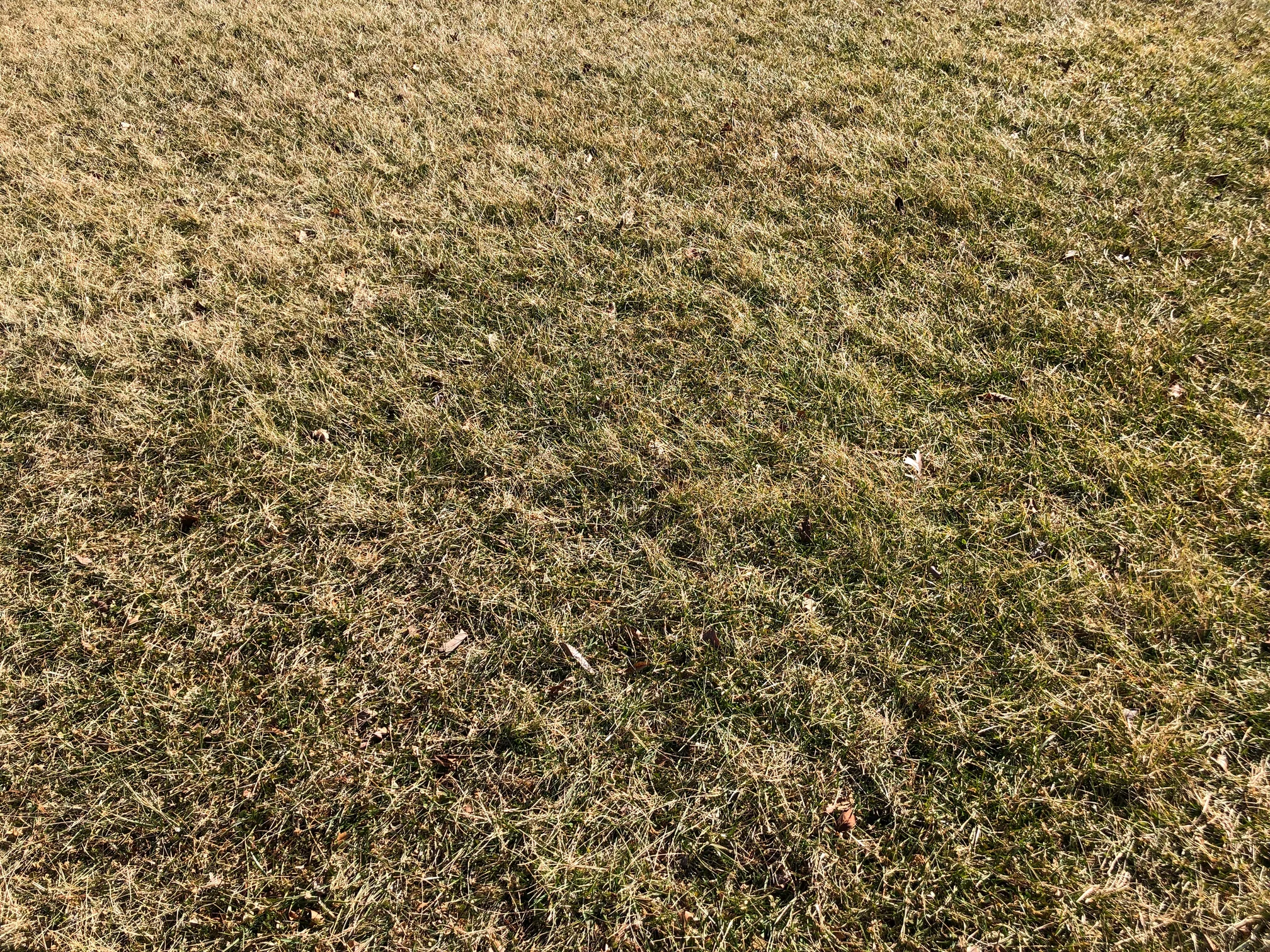Should I Do Anything to My Lawn in The Fall?
Last Updated on November 5, 2025 by Duncan
Fall lawn maintenance is more than just a seasonal activity. It’s the ideal time to protect and prepare your grass for the colder months ahead. Cooler temperatures, consistent precipitation, and fewer weeds make the fall season excellent for revitalizing your lawn and soil.
When done correctly, fall lawn care strengthens grass roots and lays the groundwork for a healthy turf in the spring.
If you are asking, should I do anything to my lawn in the fall? Yes, you should. Some of the things you should do include:
Rake the leaves
If you leave the leaves unmanaged, they continue to pile up, and once there are mats of fallen leaves, they suffocate lawn grasses and attract diseases. If you wish to get rid of the leaves, mow and mulch the minor amounts.
If they are in large amounts, you have fewer options except to scrape, bag, or compost them. You can groom your lawn, but it is useless if the leaves are allowed to fall everywhere. Not only can they harm the health of the grass, but they also make the lawn appear messy.
Raking the leaves is usually a good idea because you don’t want to wait until all of the leaves have fallen from the trees.
A lawnmower equipped with a collection bag or vacuum system is another option for clearing leaves from your yard. It is effective if you have a large yard full of deciduous trees.
Regardless of the method you choose, all you have to do is remove the leaves before they become soggy.
Overseed your lawn
Do not wait till late October to overseed your grass. Warm soil favors germination, whereas chilly air promotes growth.
Cool-season grasses are best sown in the north from late summer to early fall, when grass is actively growing and daily temperatures range from the low to mid-70s Fahrenheit.
Spring is the second-best time for overseeding.
When the existing lawn begins to lose color, overseed it with warm-season grasses between late August and mid-September. Use a cool-season grass species to keep your lawn green over the winter, when warm-season grasses go dormant.
When the summer heat and rain come back, chances are that the cool-season grass variety will die, while the warm-season grass will emerge from hibernation. You should overseed your warm-season grasses on an annual basis.
If there is more than 1/2″ of thatch, you may have to remove it before overseeding to ensure that seeds make better contact with the soil.
Aeration, while not necessary, can help prepare your lawn for overseeding. It loosens the soil, allowing grass seed to have better soil contact.
Before overseeding the lawn, mow as low as your mower will allow. This also helps to improve soil contact for the seeds and allows more sunshine to reach the developing seeds.
When overseeding, use a nitrogen fertilizer that releases slowly, such as Milorganite. Mixing Milorganite with lawn seed not only makes nutrients available to the grass when it requires them, but it also makes it easier to identify where the small seeds have been dispersed. This counts as fall fertilization.
Mow your lawn to the correct height.
It’s not time to put away your mower just yet. For example, warm-season grass will continue to grow until the first hard frost, requiring repeated cuts to maintain the appropriate height of 2½- to 3-inch.
Allowing your grass to grow tall simply makes it mat and susceptible to fungi like snow mold.
While this is the case, you should note that cutting your grass too short is a bad idea. It is as harmful as allowing it to develop since it restricts the root system.
Remember that root depth is proportional to cutting height, which makes it difficult for the lawn to resist winter cold and dryness.
Similarly, mowing your yard on a regular basis would help get rid of those bothersome leaves, breaking them up and resulting in a soil-enhancing munch.
Finally, keeping your lawn grass at the proper height not only benefits the grass, but it also gives your property an appealing look.
Fertilize the lawn
Fall lawn fertilizer applications can benefit both cool-season and warm-season grasses. When your grass turns dormant, it accumulates carbohydrate reserves for the winter, making it more resistant to disease and harm.
When spring arrives, your turf will rely on these reserves for its energy. Fertilizing the lawn in the fall will make its upkeep easier in the spring, allowing you to start the year with healthy grass.
The best time to fertilize your lawn in the fall is after core aeration, when the soil is more porous.
The best lawn fertilizers for the fall are potassium-based. This is because potassium helps the lawn tolerate environmental stress and protects grass roots from frost.
Apply pre-emergent weed killers.
Weed killers can be pre- or post-emergent. Pre-emergent weed herbicides kill weed seedlings before they grow into established plants. Post-emergent weed pesticides attack the weed after it has grown visibly on your grass.
Pre-emergent herbicides can help prevent weed invasions in the fall and winter, when grass is most sensitive. Pre-emergents, like lawn fertilizers, are available in both liquid and granular form.
Granular pre-emergents are easier to apply but act more slowly. Liquid pre-emergents are fast-acting and equally effective, but they require more precision to use correctly.
Aerate the soil to reduce compaction.
Soil compaction is one of the most significant impediments to a healthy grass. Over time, particularly in high-traffic areas, the soil compacts, making it more difficult for water, air, and nutrients to reach your grass roots.
When roots can’t get what they need, your grass thins out, becomes patchy, and is more susceptible to drought, weeds, and lawn disease.
Fall is an excellent time to address this issue, particularly for cool-season grasses. Aerating your grass in the early fall allows the soil to recuperate and new roots to form before winter arrives.
Using a core aerator, remove small plugs of soil from the lawn. This decreases pressure, enhances water absorption, and promotes soil contact with any subsequent fertilizer or seed application.
You should concentrate your efforts in compacted areas, such as near walkways, driveways, and play areas.
Core aeration also improves drainage, reduces runoff, and encourages deeper root growth, all of which contribute to a healthier, more resilient lawn that can tolerate winter weather and recover magnificently in the spring.
Know when to stop
It’s easy to keep up with lawn care or to forget when it’s time to let your lawn rest and recover, but it’s critical to know when the season for lawn care has passed.
Leaving your lawn care until late in the autumn months may cause more damage to your home, grass, and plants than you want. Some of it may even be difficult to notice until spring arrives.
You don’t want to check your grass in March or April and find dozens of browning patches you weren’t expecting.
So, while frequent lawn care is essential for a healthy yard, it’s also crucial to know when to stop and let the lawn handle itself. If you’ve done everything you can, the beautiful greenery you rely on will return stronger than ever throughout the next growing season.


